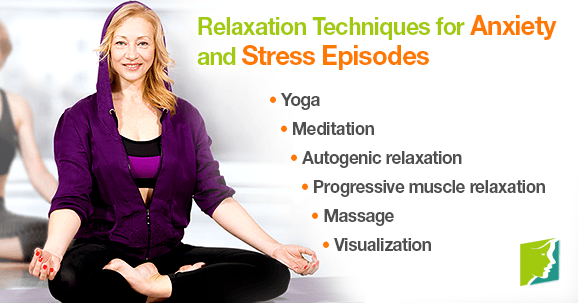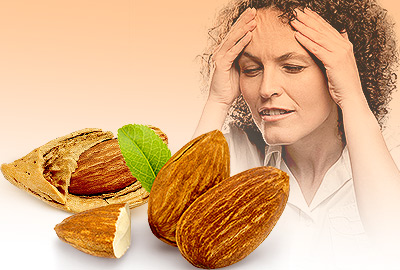Anxiety is described as a psychological state that is characterized by the intense feeling of nervousness. Anxiety disorders include generalized anxiety disorder, panic disorder, and social phobia, among others. There are several treatment options for anxiety, like exercising and relaxation techniques. Essentially, relaxation techniques involve refocusing your attention on something calming and increasing awareness of your body in order to reduce stress and tension. This helps to prevent the onset of an anxiety episode.
Causes
The leading cause of anxiety and stress in women is hormone fluctuations experienced during certain stages, namely premenstrual syndrome and menopause. Women going through menopause are at higher risk of experiencing anxiety and stress because estrogen levels fluctuate, drop, and then stay consistently low during the menopause transition. Other factors that can trigger anxiety include excessive stress, genetics, certain medications, excessive caffeine intake, emotional trauma, lack of exercise, and poor diet.
Relaxation Techniques
Relaxation techniques are relatively inexpensive, natural, and safe, and offer numerous benefits like lower blood pressure, reduced stress, increased blood flow, improved mood and concentration, and protection from fatigue. There are several different kinds of relaxation techniques:
Yoga
Yoga is an excellent relaxation technique that also improves flexibility, incorporates breathing exercises, calms the mind, and tones the muscles in a low-impact way.
Meditation
This relaxation technique helps you clear your mind and practice calming breathing exercises. It can involve focusing on the breath and body sensations. Meditation can help you unwind after a long day and let go of the day's troubles, frustrations, and stress.
Autogenic relaxation
This technique involves using visual imagery and body awareness to reduce stress. You repeat words or phrases in your mind and focus on reducing muscle tension in each part of your body.
Progressive muscle relaxation
This technique controls the state of muscular tension. It requires you to focus on slowly tensing and then relaxing each muscle group. This allows you to become more aware of your body. Also, it is important that you keep breathing steady throughout the exercise.
Massage
Getting a professional massage can be extremely helpful for reducing anxiety and stress. Professional masseuses know where pressure points are and where tension builds up, and can help release those tensions in a relaxing environment.
Visualization
This relaxation technique involves forming mental images and taking a mental trip to a calm and peaceful place, blocking out present worries and distractions.
Anxiety and stress are common ailments that affect millions of Americans every day. Hormone fluctuations are the leading cause of anxiety in women. Other anxiety triggers include the side effects of certain medications - like oral contraceptives and antidepressants - and previous emotional trauma. Relaxation techniques like yoga and meditation can be useful in reducing anxiety and stress. If these relaxation techniques do not work for you, it is recommended to see a healthcare professional. Read more about treatments for menopausal anxiety.
Sources
- Mayo Clinic Staff. (2014). Stress management: types of relaxation techniques. Retrieved September 25, 2014, from http://www.mayoclinic.org/healthy-living/stress-management/in-depth/relaxation-technique/art-20045368?pg=2
- National Institute of Mental Health. (n.d.). Anxiety Disorders. Retrieved September 25, 2014, from http://www.nimh.nih.gov/health/publications/anxiety-disorders/index.shtml
- Office on Women's Health. (2012). Anxiety disorders fact sheet. Retrieved September 25, 2014, from http://www.womenshealth.gov/publications/our-publications/fact-sheet/anxiety-disorders.html
- University of California Berkeley. (n.d.). Progressive Muscle Relaxation Script. Retrieved September 25, 2014, from http://www.law.berkeley.edu/files/Progressive_Muscle_Relaxation.pdf




